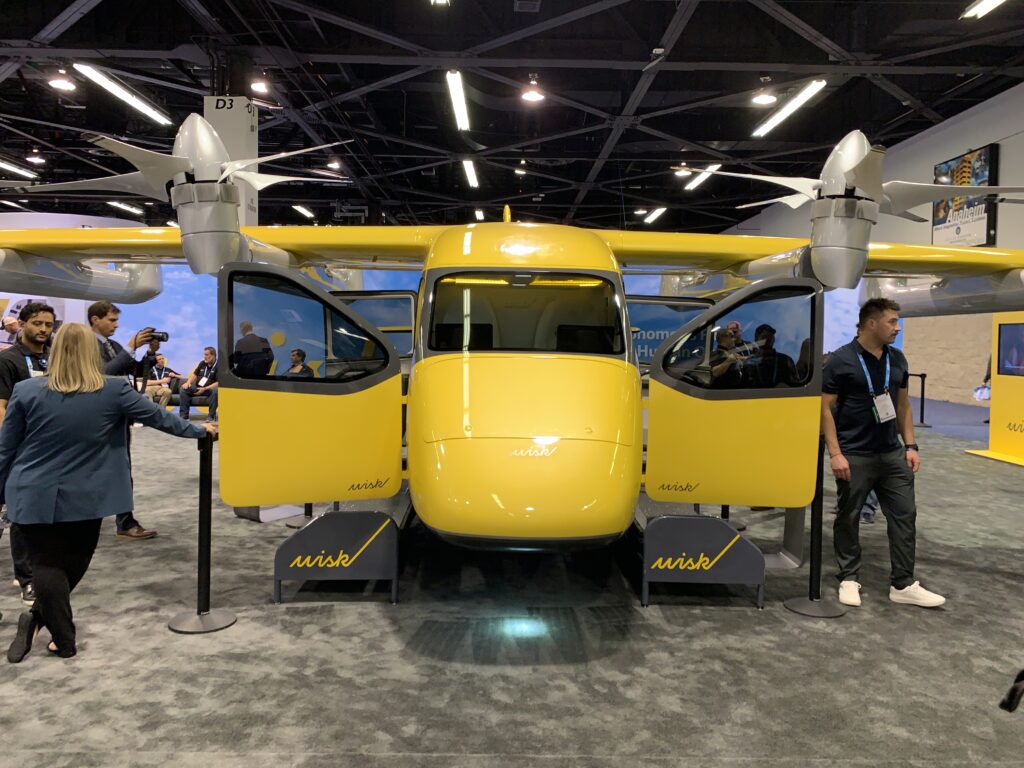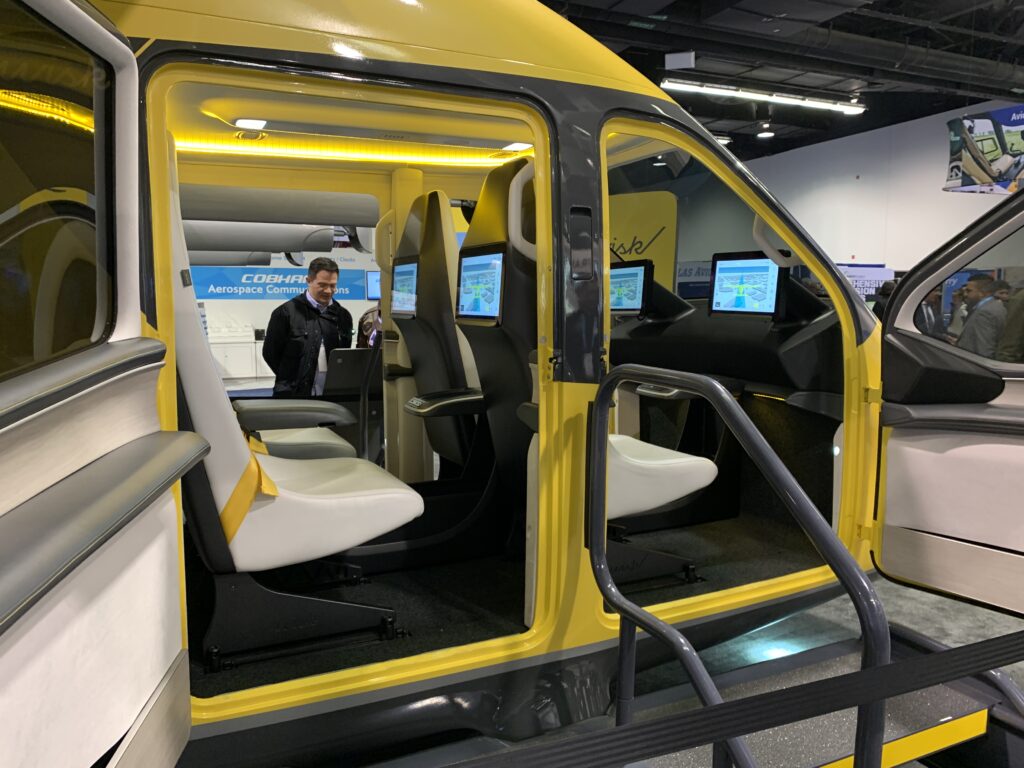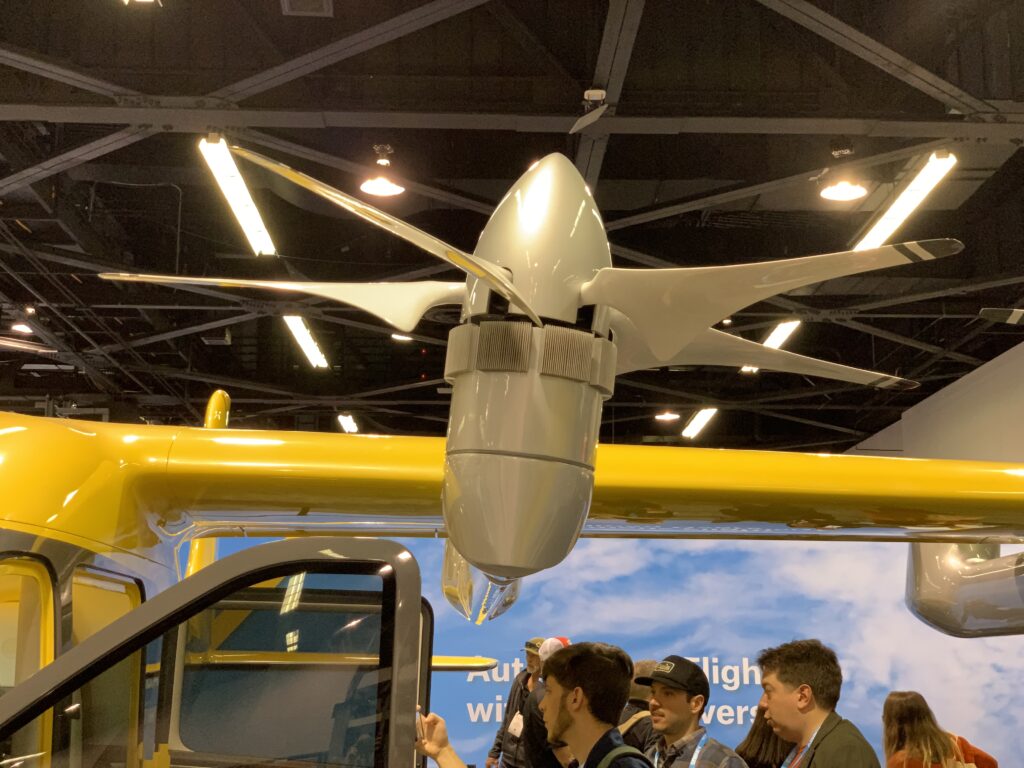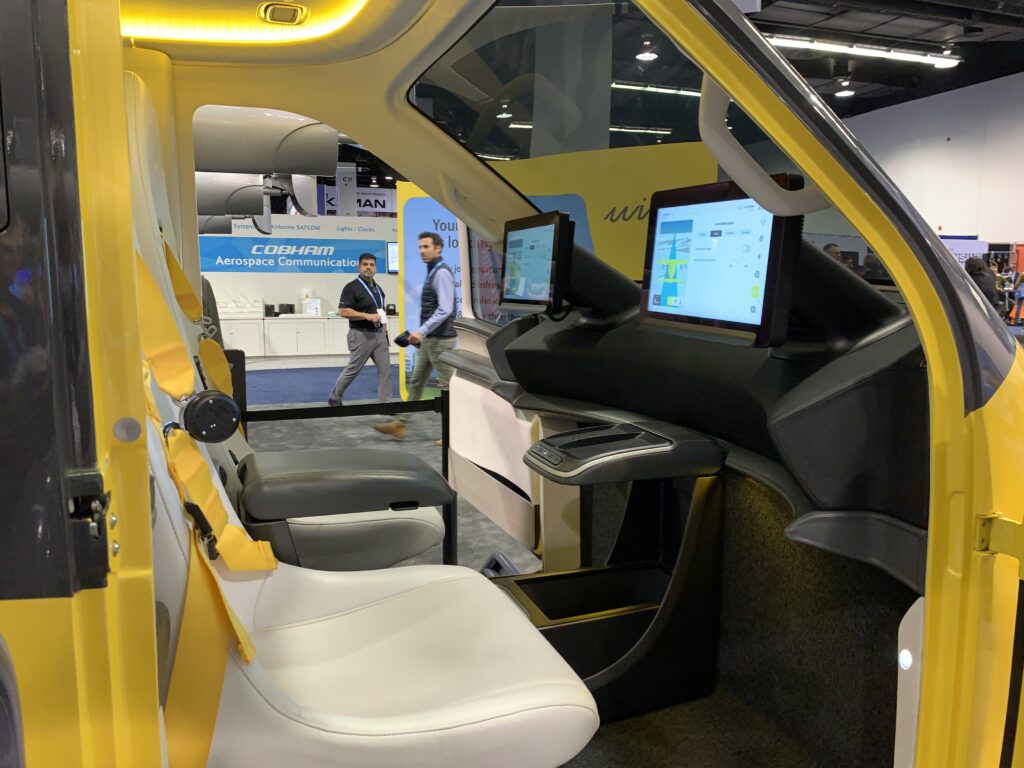China has just given approval for its first air taxi company to begin operations in China with fully autonomous commercial air taxis. In the U.S., many industry executives blame the Biden FAA for dragging its feet on air taxi approval here. The Trump FAA appears ready to fast track approvals. Limited operations are expected to be approved before the end of 2025.
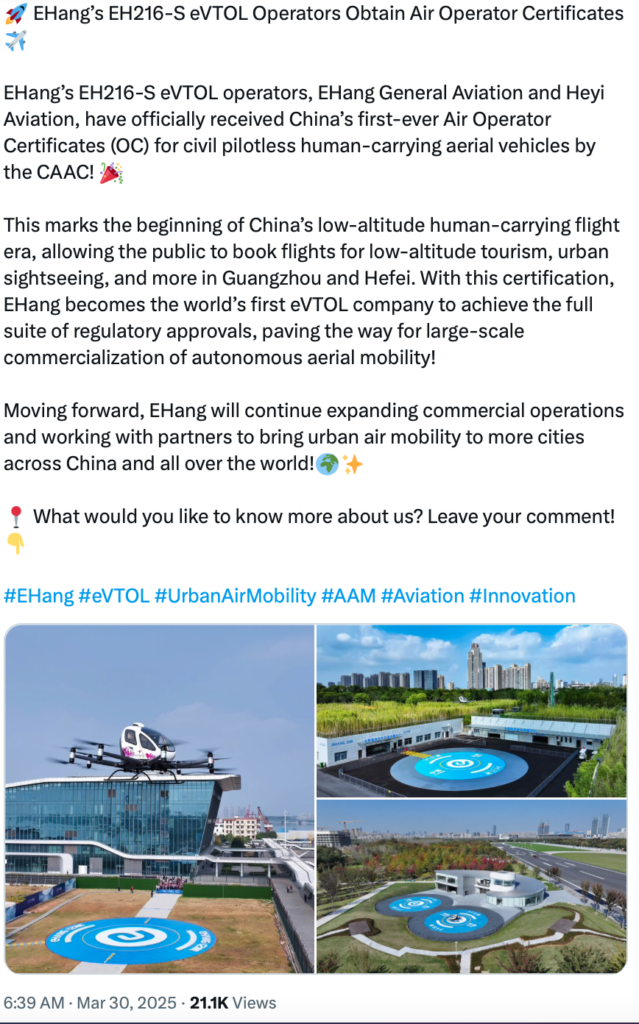
Given its proximity to the Grand Canyon and large numbers of tourists, Williams is very likely to become an early hub in the U.S. for the electric air taxi industry. It is critical for the city to consider the opportunities this industry presents and take the needed actions to insure Williams benefits from revenue streams air taxi operations will provide
The Grand Canyon Railway will need to consider strategies to keep the railway viable and profitable in the age of fast, reliable, and affordable on demand air taxis. One option for the GCR may be to partner with an air taxi operator and offer a rail and air taxi package that has passengers riding the train one way and the other by air taxi. Electric air taxis will reduce the travel time to the Grand Canyon from Williams significantly. Visits to the Canyon could be accomplished in just a few hours with this technology, which could also reduce hotel nights and tourist spending in Williams.
The plan to build more hangers at the City owned Williams Airport should take into account the changes to air travel that are coming quickly. The days of needing to hangar an aging fleet of Cessna type single engine airplanes piloted by people in their 70s is likely coming to an end much sooner than most believe.
With the footprint of the airport constrained, it is vital to proceed cautiously and deliberately with any construction projects on the drawing board. Air taxi operators will need substantial space for parking aircraft, operations, and maintenance should they decide to use the airport. The deal the city made with a private developer to build more hangars will reduce the space available on the airport and produce hangars that can not accommodate eVTOL aircraft that are taller and larger than small private planes.
The Williams airport is not the only option for air taxi operations. In fact, many of the plans currently being laid out in the United States, and globally, bypass airports altogether and create “Vertiports” for air taxi operations far from traditional airports. Electric air taxis are a class of aircraft known as “eVTOLs”, electric Vertical Take Off and Landing, which like helicopters do not need traditional runways and airports to operate. eVTOLs also benefit from operating more quietly than helicopters, and with no emissions.
The City of Williams could generate significant revenue with a per passenger or per operation fee charged to operators of air taxis, as well as renting hangar and terminal space to these companies. Locking in the airport’s footprint with traditional hangars will force operators to build a vertiport outside the city limits, thus denying the city the ability to generate money from fees and control air taxi operations. Given the realities of operating in the city, it is very likely that operators will seek to operate outside the city limits to avoid the costs and regulations Williams would probably impose.
Air taxis are not some fantasy technology that is years away as many still believe. Air taxis are going to be in operation in 2025 in several countries, including the U.S., at least in the testing phase. Companies like Skyports are already designing and building vertiports for the eVTOL industry in various parts of the world. Saudia Arabia has already ordered 100 air taxis from German company Lilium. Toyota has invested $894 million in eVTOL company Joby.
While the FAA has laid out the pathways to certification of eVTOLs and for potential pilots, one company has seemingly lept ahead of the pack with its fully autonomous air taxi. Boeing subsidiary Wisk has been developing and testing pilotless electric air taxis for years. Wisk has been testing its 6th generation pilotless air taxi for several years, and is poised to begin operations in the USA as early as this year.
Boeing spin off company Wisk has been developing and testing pilotless electric air taxis for years. Wisk has been testing its 6th generation pilotless air taxi, and is poised to begin operations in the USA as early as this year.
Wisk’s 6th generation electric air taxi has room for 4 passengers and their luggage. It can fly at speeds up to 120 knots with a range of 90 minutes with reserves, and can be charged in as little as 15 minutes. It is designed to fly at 2500 to 4000 feet above the ground and be operated fully autonomously, with a human monitoring the flight remotely as needed.
With the current technology of the Wisk air taxi, a scenario for tourists departing Williams would likely be a direct flight to the Grand Canyon Airport with a stop to charge the aircraft quickly, or change aircraft and tour of the Grand Canyon by air and a stop back at the GC Airport before the return to Willams.
The days of noisy fossil fuel helicopters could end quickly as the eVTOLs roll off the production lines. A helicopter can cost in the range of $1400 an hour to operate, while an eVTOL may come in at or below $200 an hour, especially with a pilotless aircraft.
A well thought out airport designed for air taxi operations could also benefit Williams by providing a base for eventual air taxi flights from Las Vegas, Flagstaff, and even Phoenix and beyond. A failure to plan for the future by locking our airport into an outdated and dying 20th century model could lead to a loss of tourists and the significant revenues they bring.
